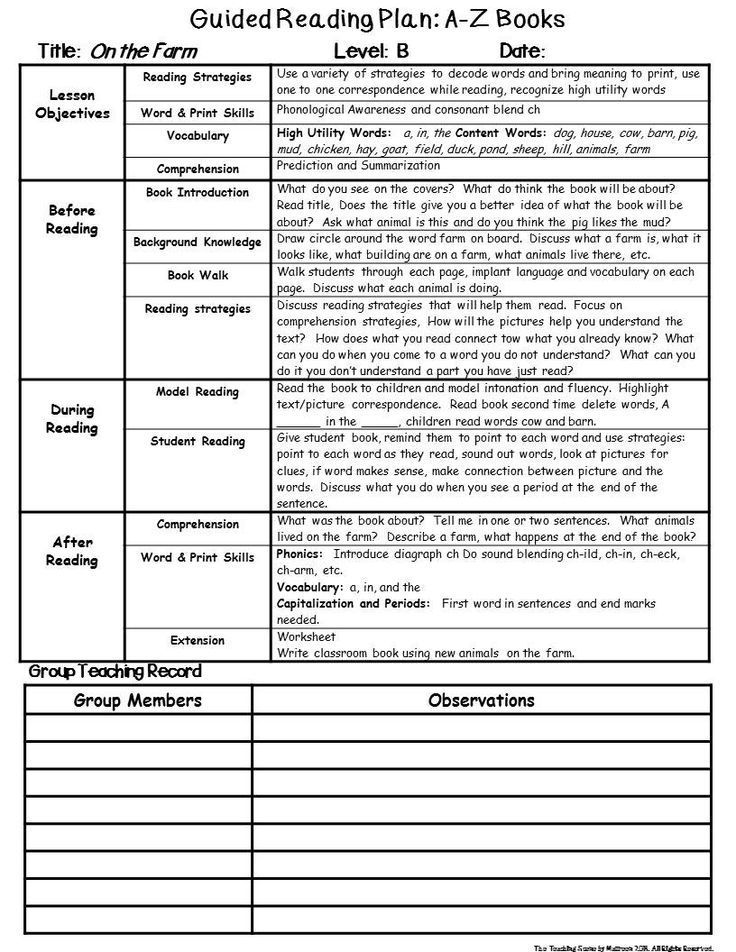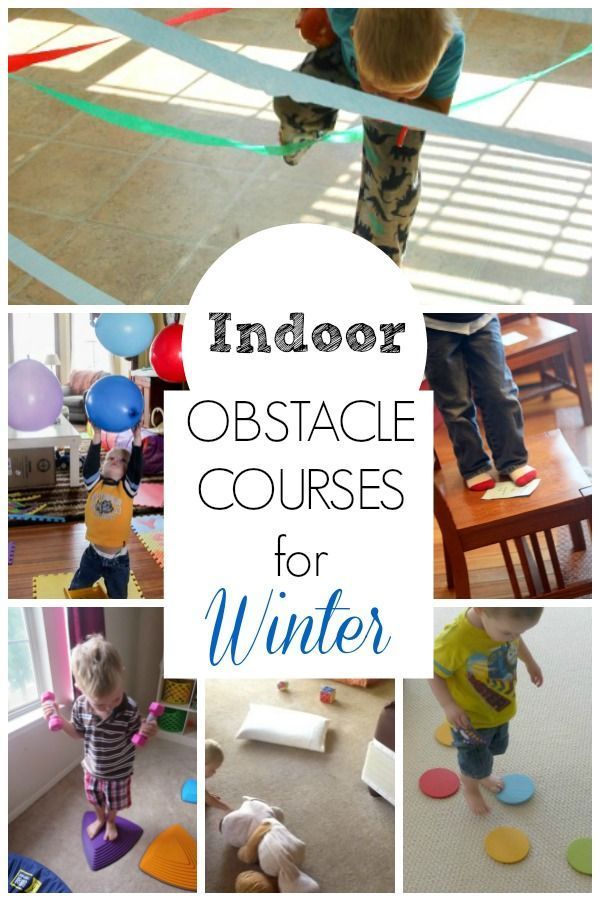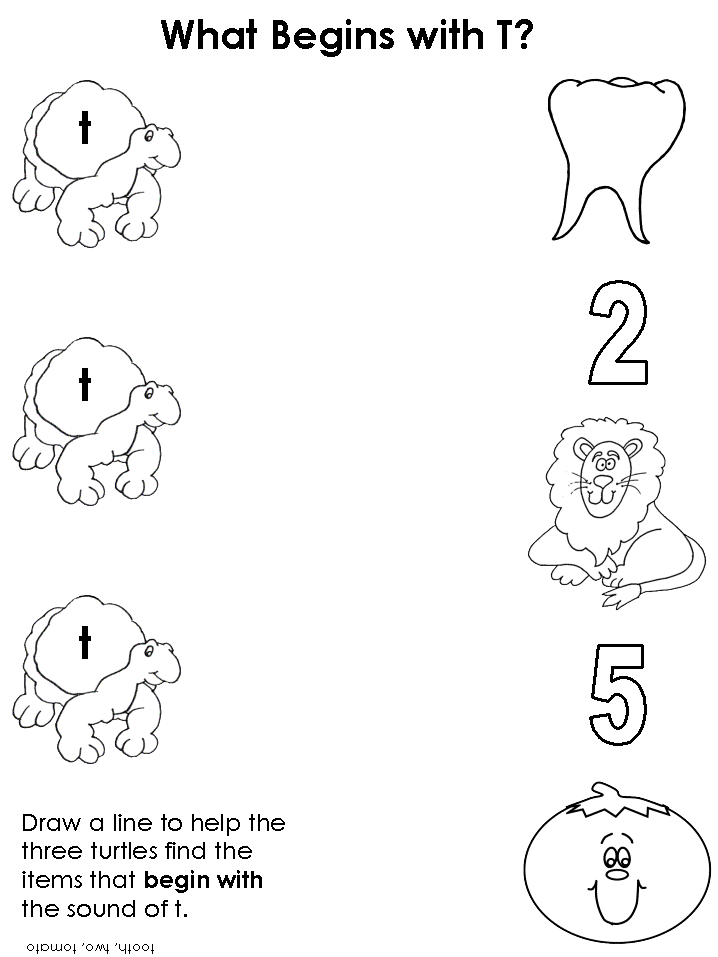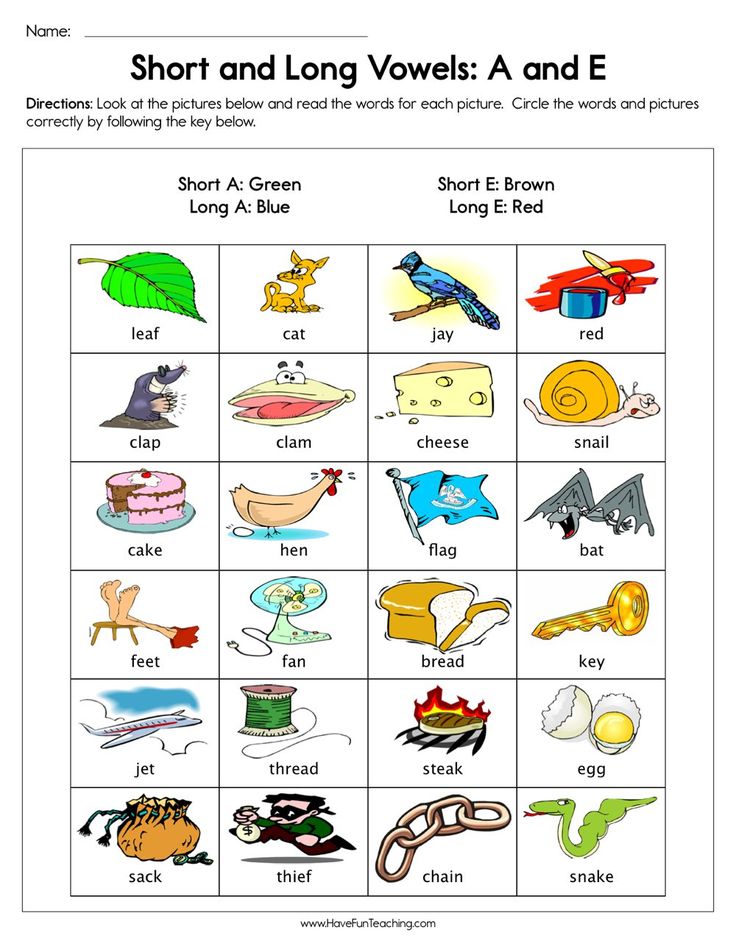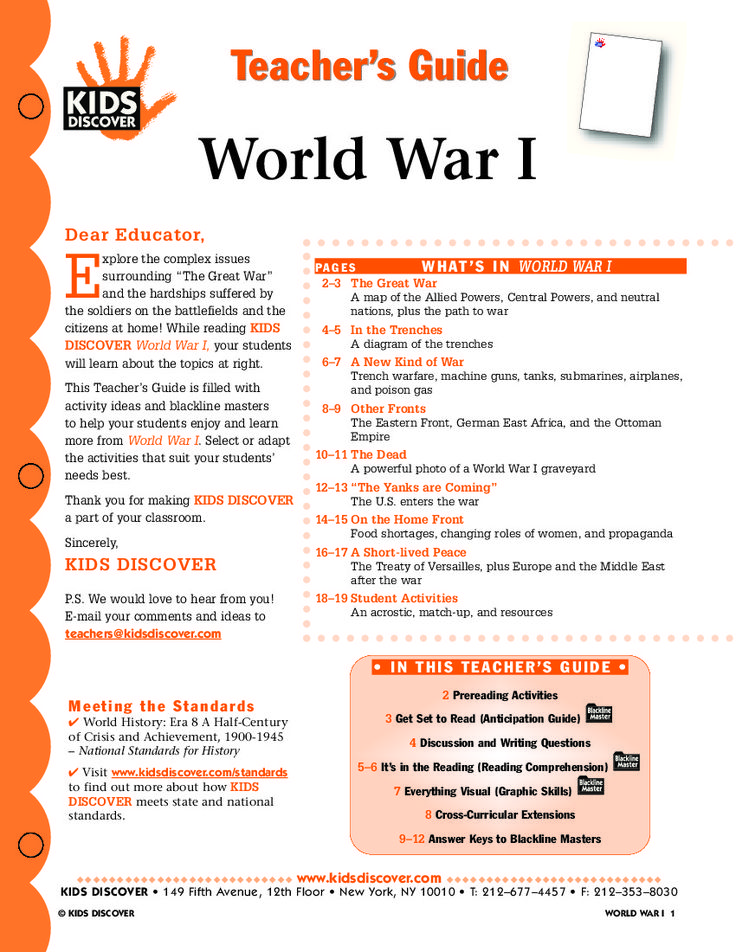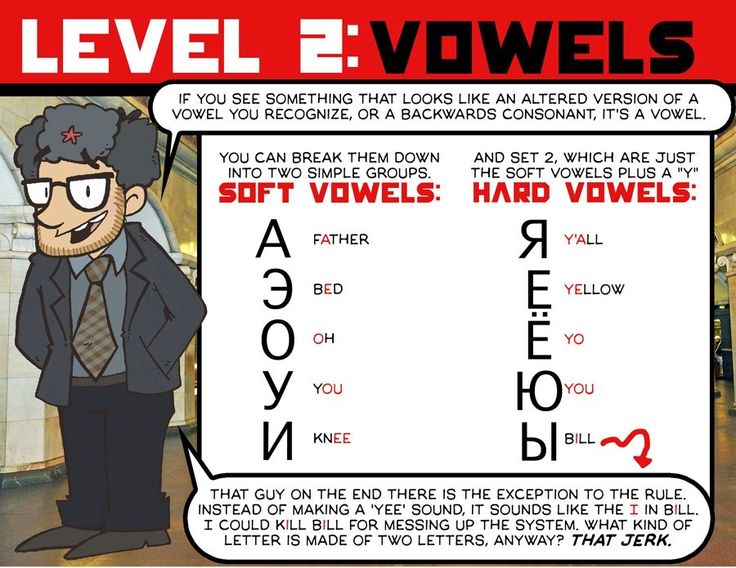How to find book reading levels
How to Find a Book's Level
Get a Word or Google doc of this page for $10. All donations support the high maintenance fees of this unsponsored website. Please specify in the PayPal message box or email me ([email protected]) the name of the page you would like. Documents do not include images due to copyright laws. Please do NOT repost my work online. I am protected by CopyScape – I am alerted to duplicate content. Thank you!This page will teach you how to find a book’s level. You can also find a website’s level!
Check out: Reading Length.
1. Booksource ~ enter title. To get titles at specific levels by genres and subjects, try Scholastic Book Wizard. Be sure to go by “Guided Reading Level” under the “LEVEL” tab. Book Finder and Accelerated Book Finder can suggest the right leveled books. Leveled Book Database can help you, also. Enter the guided reading level that you want, and a list of books will appear.
2. Try these book leveling apps: Level It Books.
3. If the book isn’t there, enter a 100-word sample into Readable. Go by the Flesch-Kincaid grade level. This site used to be free, but there may be a fee now.
4. If you are trying to get the readability of a website, entire the URL here. This is extremely useful if you are assigning online articles.
5. Old Fashioned Fry Graph ~ If you are having trouble finding even an approximate grade level, try this old-fashioned method.
6. Readability Formulas
7. Use this Lexile.com site to get Lexile levels. Click the orange “Lexile Tools.” Scroll down to “Find a Book.” When you enter a book title, vocabulary words to teach/learn are suggested in many cases. Read What Lexile Measures Mean. You can also analyze your own text for Lexile level by copy and pasting it in the analyzer box.
Please see my Free Online Books for Kids page. Many texts are leveled there!
Typical Reader Measures by Grade
| Grade | Reader Measures, Mid-Year 25th percentile to 75th percentile (IQR) |
| 1 | Up to 280L |
| 2 | 230L to 580L |
| 3 | 360L to 720L |
| 4 | 480L to 830L |
| 5 | 620L to 950L |
| 6 | 690L to 1020L |
| 7 | 780L to 1090L |
| 8 | 820L to 1140L |
| 9 | 880L to 1170L |
| 10 | 920L to 1200L |
| 11 | 940L to 1210L |
| 12 | 950L to 1220L |
Edited on 11/06/2022
Copyscape alerts me to duplicate content.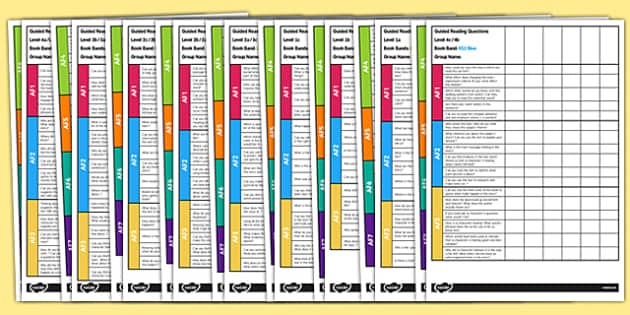 Please respect my work.
Please respect my work.
How to Determine Reading Level of a Book
Leveling the field
If you have a child in school, then you’ve probably heard the term “reading level.” Your child’s teacher may have mentioned it when discussing the importance of reading practice. It may have come up during a parent-teacher conference. But, what does “reading level” actually mean? Why does it matter? And, how can you easily determine reading level of a book that is a good match for his level of reading skill?
What is reading level?
Reading level is simply a way to identify how complex a book a child can read independently. You might be tempted to reason that if your child is in the second grade, then books that are labeled for second graders will be the perfect fit for him. That’s not necessarily true. In most classrooms today, students read at a wide range of different levels. Most schools administer reading assessments periodically to determine the reading comprehension level of each child.
Why does reading level matter?
Reading level matters for a few very simple reasons. If your child is reading a book that is too far above his current ability, then he will likely become frustrated and discouraged. On the other hand, if a book is too far below his reading level, it won’t challenge him enough. He won’t encounter new words or more complex sentences, and his reading skills simply won’t grow. A book that is too far below your child’s reading level might also simply be boring. The ideas and words won’t be complex enough to catch his interest or fire his imagination.
How is reading level measured?
A search of the Internet quickly reveals a dizzying array of reading-level systems with obscuring names like ATOS, Basal Equivalent and Fry Readability Graph. It’s enough to make your head spi!. Let’s take a look at some of the most commonly used readability systems.
- Fountas-Pinnell Guided Reading Level
– Sometimes referred to as Fountas and Pinnell, or even simply as Guided Reading Level, this reading-level system supports the guided reading program designed by Irene Fountas and Gay Su Pinnell.
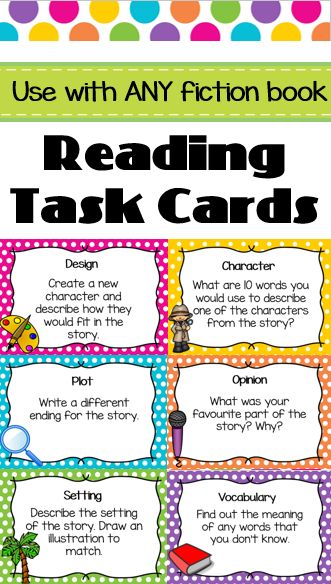 The level of individual books are classified by assessing a number of factors, including word repetitions, sentence length and complexity, and even the number of illustrations.
The level of individual books are classified by assessing a number of factors, including word repetitions, sentence length and complexity, and even the number of illustrations. - DRA – DRA refers to a standardized reading test called the Developmental Reading Assessment. This reading system assigns books different reading levels that correspond with the different scores that children can earn on the test. After taking the test, a child is assigned a letter/number score from A1 through 80. His teacher – or parents – can then find books with the same DRA score.
- Lexile Framework for Reading – Called the Lexile measure or the Lexile level, this scoring system was developed by an educational research team funded by the National Institute of Child Health and Human Development. Using test scores from a standardized reading test or from the Scholastic Reading Inventory test (SRI), this system converts those test scores into equivalent reading levels making it possible to match students with the reading material best suited for their growing abilities.
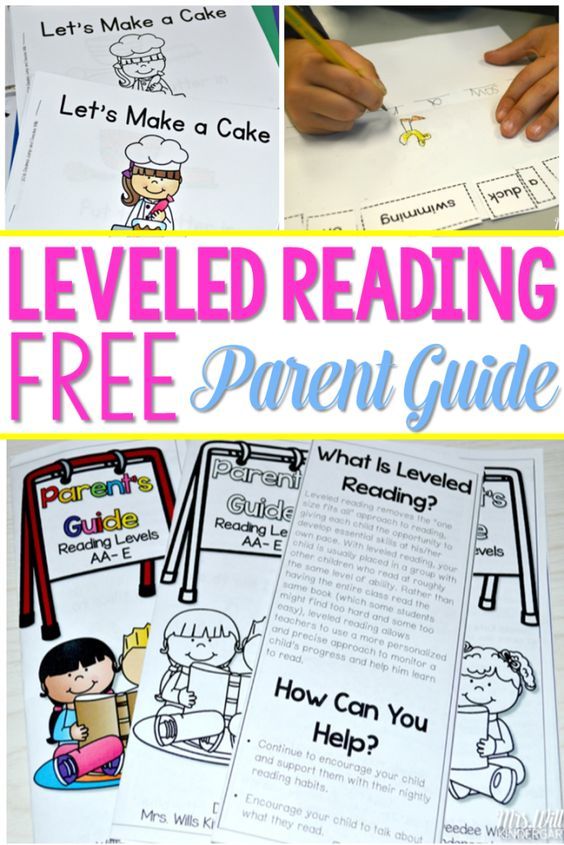
- Grade Level Equivalent – Perhaps the easiest of the reading leveling systems to understand, Grade Level Equivalent measures a student’s reading level by comparing it to the expected reading level for each school year. Fourth graders in their first month of the school year whose reading skills are at that grade level would be given a reading level score of 4.1. This stands for fourth grade, first month of school. A struggling reader in the fourth grade would have a lower score, 3.6, for example. This would mean that this child was reading at a level usually expected of a third grader in the sixth month of the school year.
How can I determine my child’s reading level?
Measuring a child’s reading level is complex. Different systems measure different factors, including text complexity, word speed and even comprehension. Your child’s school will assess his reading level, most likely using a variety of methods and maybe even some good, old-fashioned teacher intuition.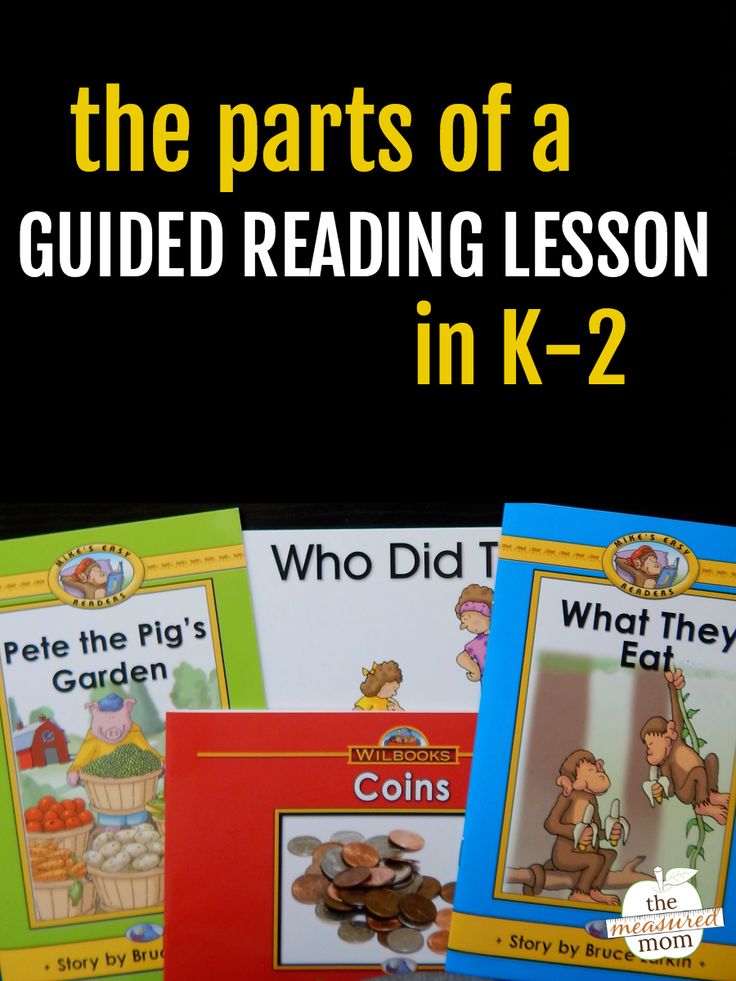 If you want to know your child’s reading level, your best bet is to simply ask his teacher.
If you want to know your child’s reading level, your best bet is to simply ask his teacher.
How can I determine the reading level of a book?
Trying to find books that match your child’s reading level? Once again, the first step is to talk to his teacher. She will be able to offer many suggestions and may even have a reading list available. Another good resource is the school librarian. Books in the school library will already be sorted by reading level. The librarian should be able to point you to the right section.
Need more resources? Consider these:
- Renaissance ATOS analyzer – This text wizard allows you to input text – or even upload a file – to see how it rates on the Advantage TASA Open Standard readability formula. You can input a sentence, an excerpt or an entire book. Renaissance also has a book finder where you can check to see if the level of the book you’re curious about is already on file. The book finder lets you search for both the ATOS score and the Lexile measure using a book’s title or author.

- Scholastic’s Book Wizard – Scholastic.com offers a Book Wizard that allows you to search through over 65,000 children’s books. Using a book’s title or author you can search using one of four different reading level systems. You can also filter results by genre, subject and grade level.
- Lexile look up – The Lexile Framework for Reading website lets you look up books that match your child’s reading level. You can also look up the reading level of an individual book on the same page, using the book’s ISBN number or its title. Hint: the “Quick Book Search” tab is at the top right of the page.
- Correlation chart – If you already know the reading level of a book under one of the leveling systems, but need to know what the same book would rate under another system, then use this correlation chart offered by the State of Washington’s public library system. Simply move down the column under the system that you already know until you find the right rating, then move across the page – left or right – to the correlating number in the column of the system you’re hoping to target.
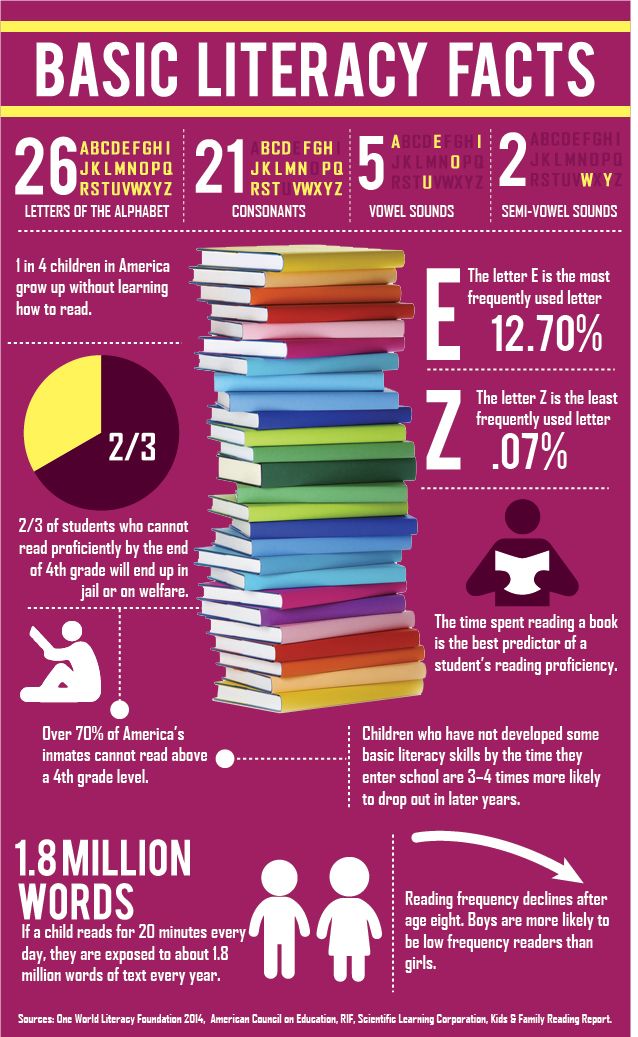
Learning your child’s reading level and then finding books that match is a great idea! You’ll be able to keep him engaged and learning without overwhelming him with text that is too complex or with words that are simply beyond his ability.
Other Reading Resources
- A Wrinkle in Time Reading Level
- Free Grammar Printables from K12reader.com
- Printable Passages from ReadingVine.com
Read speed test. Online simulator for developing reading speed and awareness skills in 2021!
Reading speed is an important indicator not only for schoolchildren, who regularly check it. It is very important for an adult in the modern world to be able to navigate in huge flows of information. A reading speed test will help you determine your current level and see if you need to work on improving this skill or if you are reading fluently enough.
Content
1. How to check reading speed?
2.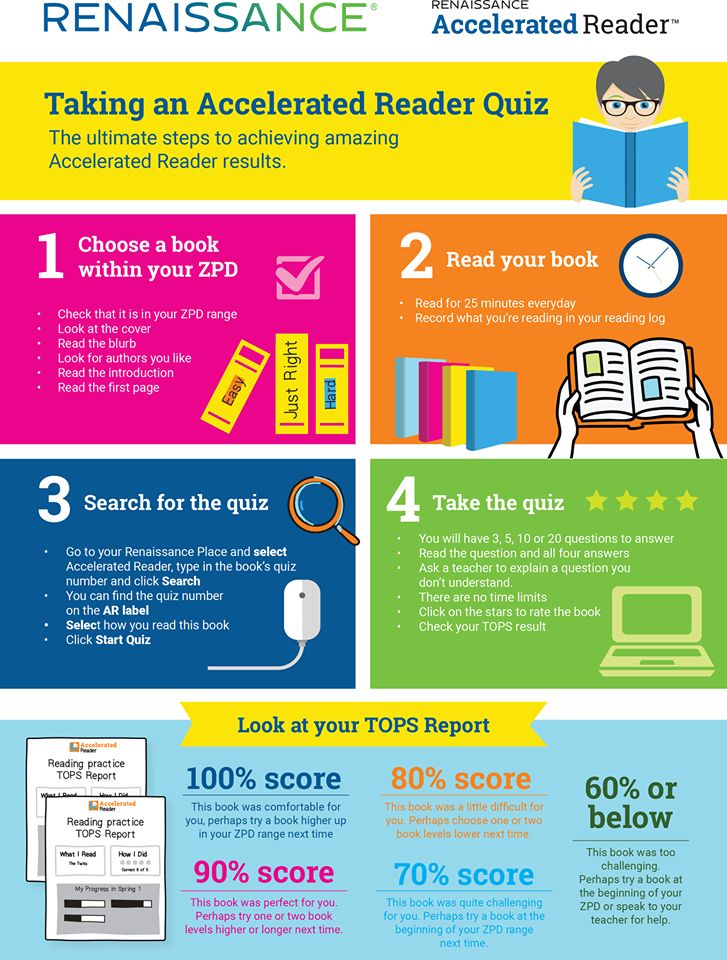 How can I check my reading speed myself?
How can I check my reading speed myself?
3. How to test a child's reading speed?
4. What reading speed is considered normal for adults and children?
5. How to choose the right text to test reading speed?
6. The book "Everything you wanted to know about speed reading, but were afraid to ask"
How to check reading speed?
The easiest way is to take a stopwatch (you can use the application on your phone), a text to check your reading speed and read it at a normal pace for one minute. It is important that the text is non-technical, does not contain highly specialized terms and concepts, and is not familiar to the reader. The text should not be too primitive. The testee must see the text for the first time so that the results are not artificially inflated.
But what do you care about speed, if you don't understand with what awareness you absorb the text? :)
A much better way to find out your reading speed is to take a free online test. To do this, sit back, enter your name in the form above, press the button and you will immediately see the text that you need to read, slowly, trying to understand everything that is written.
To do this, sit back, enter your name in the form above, press the button and you will immediately see the text that you need to read, slowly, trying to understand everything that is written.
When the entire text is read - click on the button at the very bottom. The program will automatically determine the reading speed and prompt you to answer a few questions to understand the degree of assimilation of the material. As a result of testing, you will receive not only the result of your reading speed and awareness, but also recommendations for improving your reading technique in the format of the book "Everything you wanted to know about speed reading, but were afraid to ask." Enter a name. Click the button and find out your real reading speed. Have a good day.
How can I test my reading speed myself?
We have prepared for you a tool with which you can independently check the speed of reading. Our tool include a certain amount of text that you need to read as quickly as possible.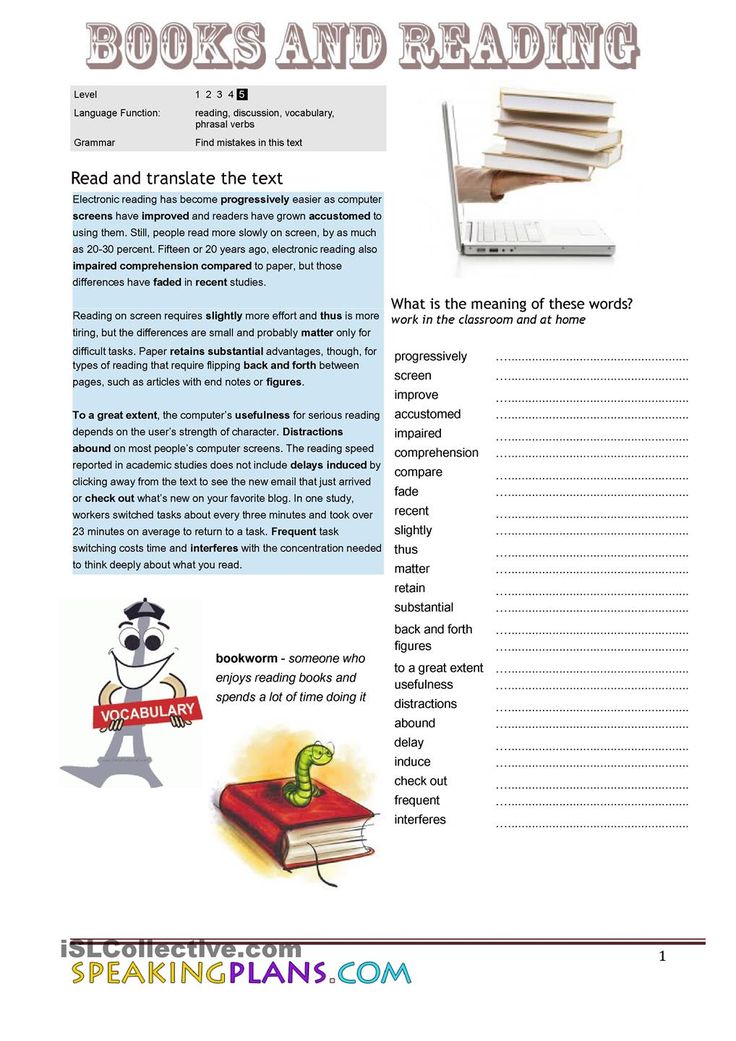 You will then have the opportunity to answer a series of questions about the text, allowing the program to determine your level of understanding. Based on the data received, a result and a certificate are issued. This certificate can be shared with your friends on social networks and challenge them to a battle to test the speed and awareness of reading :).
You will then have the opportunity to answer a series of questions about the text, allowing the program to determine your level of understanding. Based on the data received, a result and a certificate are issued. This certificate can be shared with your friends on social networks and challenge them to a battle to test the speed and awareness of reading :).
If you want to do it yourself, you can do it according to the following scenario. A text of medium complexity is taken, located on one sheet. You will need an assistant who will keep track of the time and will be able to test the level of your understanding of the information. Check algorithm:
Simultaneously with the start command and the start of the stopwatch, you begin to silently read the text.
When the text is finished, you say stop - time stops.
Then you need to answer a few questions regarding the content (reading speed implies a full reading comprehension).
The last step is to count the words in the text and determine the average number of words per minute (words in the text can be counted before reading).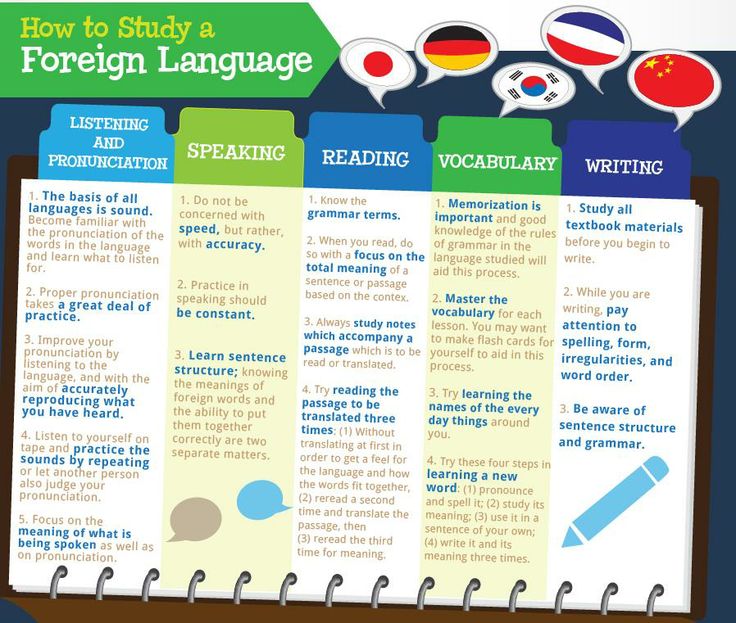
This is the certificate you can get based on the results of passing the test
How to check the reading speed of a child?
A child's reading speed can be tested in a similar way. The child should read aloud, at least in elementary school. Then you can switch to the usual way of checking for adults.
Schools often test reading skills by counting the number of words read per minute. This gives a small error, since words come in different sizes, but a similar verification method can also be used.
What reading speed is considered normal for adults and children?
The average reading speed for an adult is 200-230 words per minute. Below average, but an acceptable rate is 150-200 words per minute. Adults who read more than 230 words per minute are considered fast readers. For the speed reading technique, the optimal speed is 350-400 words per minute.
In children, the indicators are dynamic and change depending on age.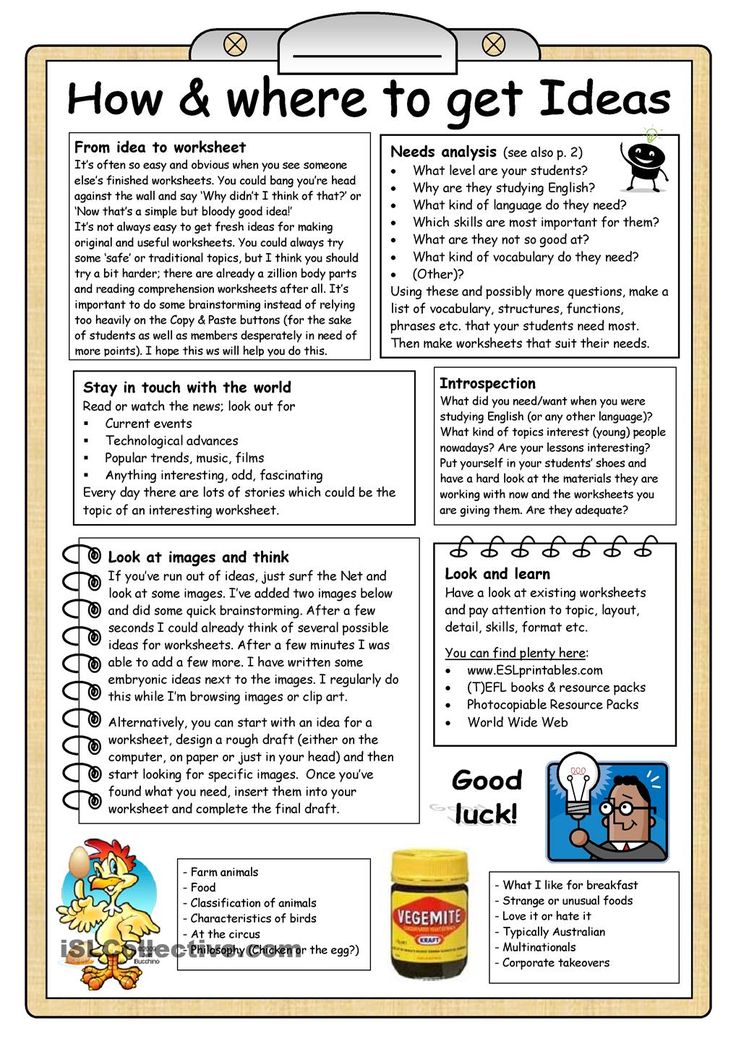 Approximate norms used in elementary school:
Approximate norms used in elementary school:
20-30 words per minute for first grade;
45-60 words per minute for second grade;
70-85 words per minute for third grade;
90-125 words per minute for fourth grade.
How to choose the right text to test reading speed?
The criteria for selecting text to test reading speed are identical for adults and children. The only difference is the volume and complexity of the information. The text must match the following parameters:
medium difficulty appropriate for age;
the absence of specific unfamiliar words or their minimum number;
no dialogs;
location on one page;
large, comfortable to read font;
lack of pictures and other distracting elements.
In our tool for testing reading speed and comprehension, we tried to take into account all these factors so that the resulting tool would be convenient for both adults and children. At the same time, he gave a fairly clear answer to the question about the real reading speed.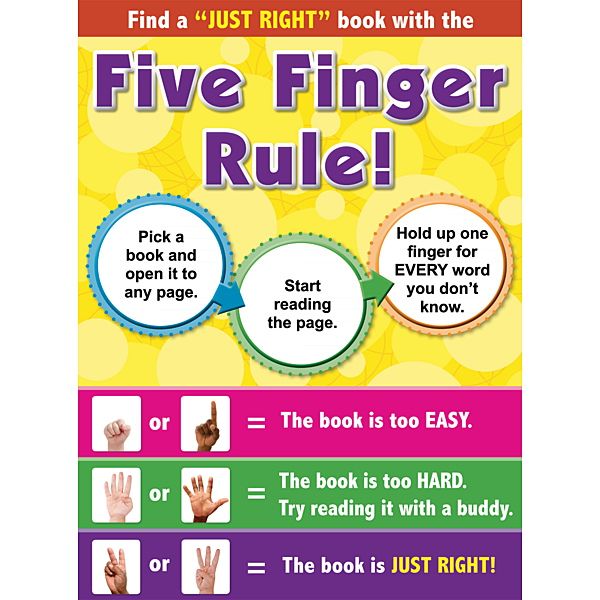
It should be remembered that reading speed is a variable parameter, which decreases if a person rarely sits down at a book, and increases with constant reading. There are many special techniques aimed at significantly increasing the speed of reading text information.
Everything you wanted to know about speed reading but were afraid to ask test. So don't waste a second,
go back to the very top of the page and go take the test!Reading speed test online is simple, convenient and fast
We have already written so much here about how to correctly measure your reading speed, achieve awareness and interpret the results, that every second of delay before you pass the online reading speed test and receive a personal certificate is just like death. Return to the very beginning of the page, enter your name in the field under the video and go to the enchanting world of unfamiliar texts and tricky questions :).
📖 Reading speed Q&A section
📕 What formula is used to calculate reading speed?
If it’s very short, then the formula for calculating the reading speed is as follows: V = (Q / T) x K.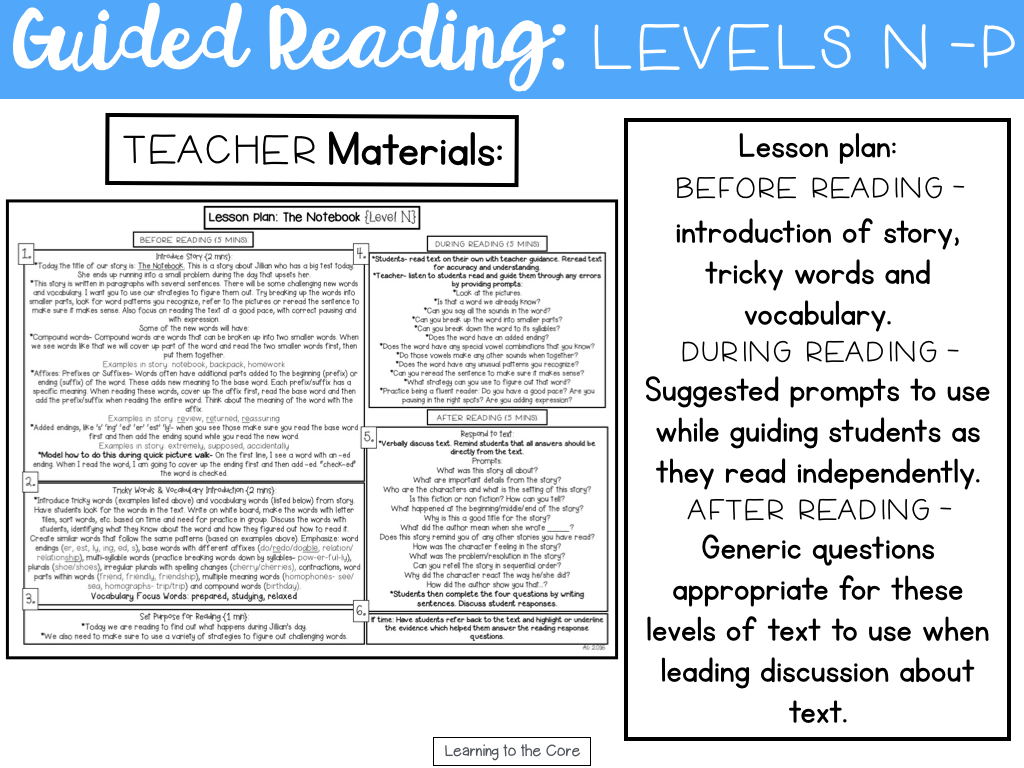 This formula allows you to get a real figure for reading speed with a correlation to the coefficient of meaningfulness. You can read more about the formula here in this article .
This formula allows you to get a real figure for reading speed with a correlation to the coefficient of meaningfulness. You can read more about the formula here in this article .
📗 What books do you recommend reading to develop speed reading?
We have compiled a list of the most useful books for the development of speed reading and posted it in a separate post on the blog. The list is constantly updated and gives an idea of the main books with which you can develop speed reading skills.
📘 What if I want to increase my reading speed?
You can start by learning the theory, or you can download our workbooks , which we have created especially for those who who wants to start learning speed reading. There are two of them: one notebook for adults, the second for children. Contains some theory and practical exercises designed for several weeks of regular classes.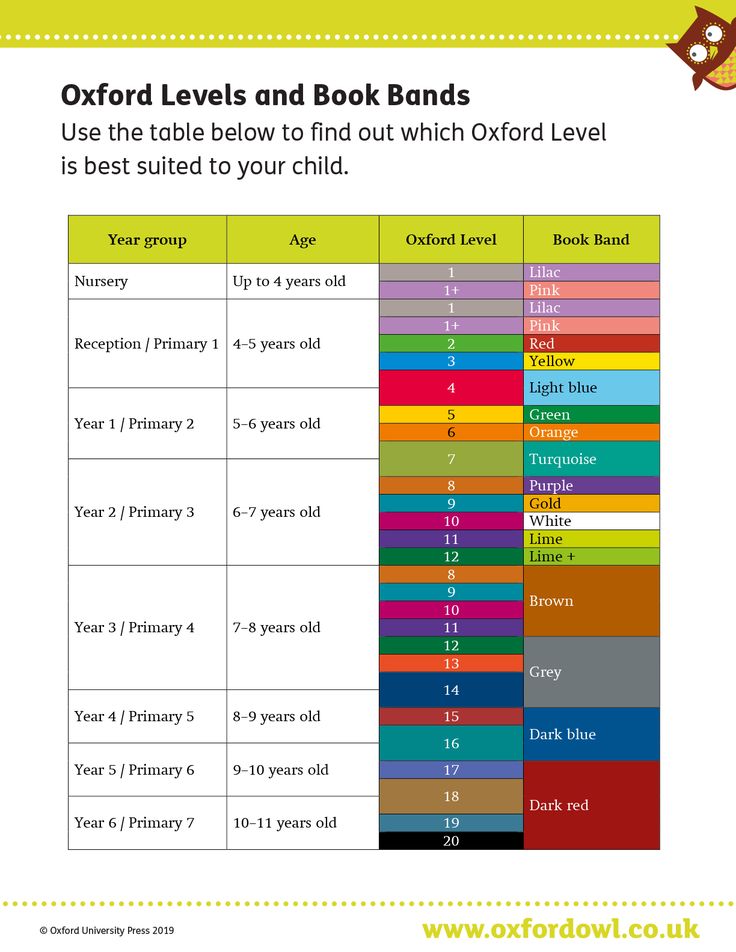
📙 How to check a child's reading speed?
The reading speed test, which is located on our website, is suitable for both adults, as well as for children. We specifically tried to choose mostly literary texts that will be easy to read. to understand the child. Just go to the reading speed test page from the link above, enter child's name and start reading. Then the program will do everything for you.
📔 I want to check my reading speed online for free. How to do it?
Easier nowhere. The tool, which is located at https://bukva.info/rapid/ , was created just for this. You just enter your name, read the text and answer the questions. The program monitors the speed of your reading and its meaningfulness. After answering the questions, you will receive a certificate with your result. The certificate can be shared with friends in social networks :).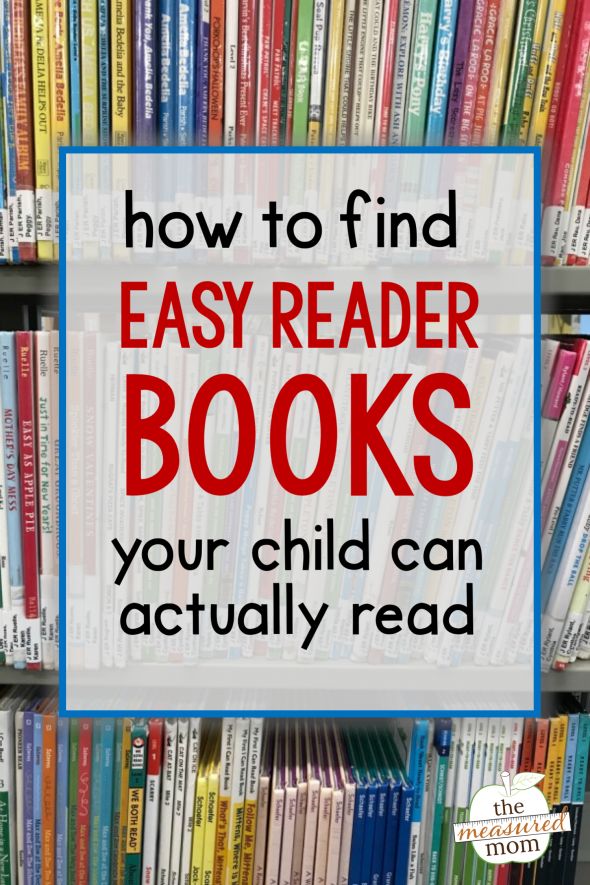
📓 What is the "Read Fast" project?
Read Fast is a project dedicated to the problem of fast and conscious reading. We believe that you can read 3-4 times faster. However, the quality of memory reading material will only increase. Let's try together :).
How to measure reading speed - Mann, Ivanov & Ferber Publishing BlogMann, Ivanov & Ferber Publishing Blog
Elena Isupova
Most people think they read too slowly. Let's test your speed and memorization of the material. The technique was found in the bestseller "Speed Reading". You will need a book in your favorite genre (or a business report, whichever you read more often), a stopwatch and 10 minutes of time.
Timing
Speed Reading
To test yourself, you need to read the text for 3 minutes and know exactly when the time is up. Time control is easy: if you use a stopwatch, then just press start when you start the exercise and look at it from time to time until 3 minutes have passed.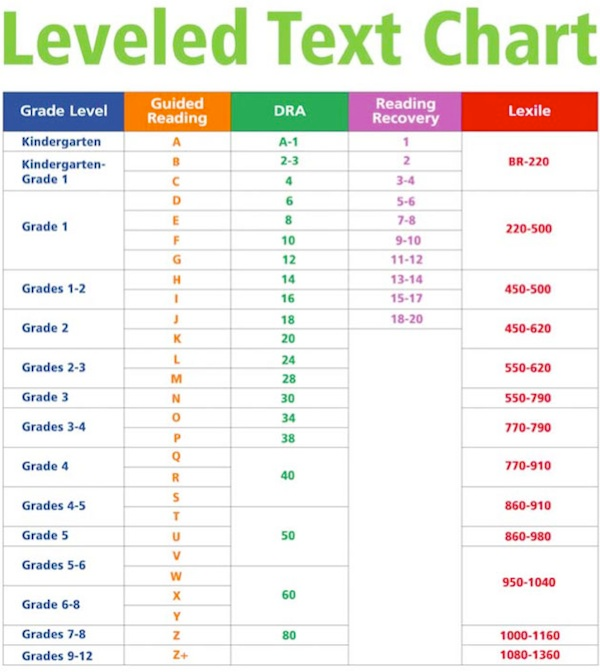 You can use a wall clock with a second hand or ask a friend to time the desired interval.
You can use a wall clock with a second hand or ask a friend to time the desired interval.
Don't worry if your actual reading time is slightly longer or shorter than the target time. A few seconds won't make a big difference. — Source
Self-Test
Read carefully the description of the 4 steps to perform the self-test. When you have mastered everything, return to the first step and proceed.
1. Select a section from a book that you have not read before and that contains at least 10 pages.
2. Read as much of the selected material as possible in 3 minutes. Use a time control device.
3. After 3 minutes, mark with a pen or pencil where you finished, then close the book.
4. Prepare a separate reading memory score sheet by putting numbers from 1 to 20 on the left side. Write down everything you can remember without looking at the text. If you created the file on a computer, do the same in a text editor. You can spend no more than 6 minutes on this.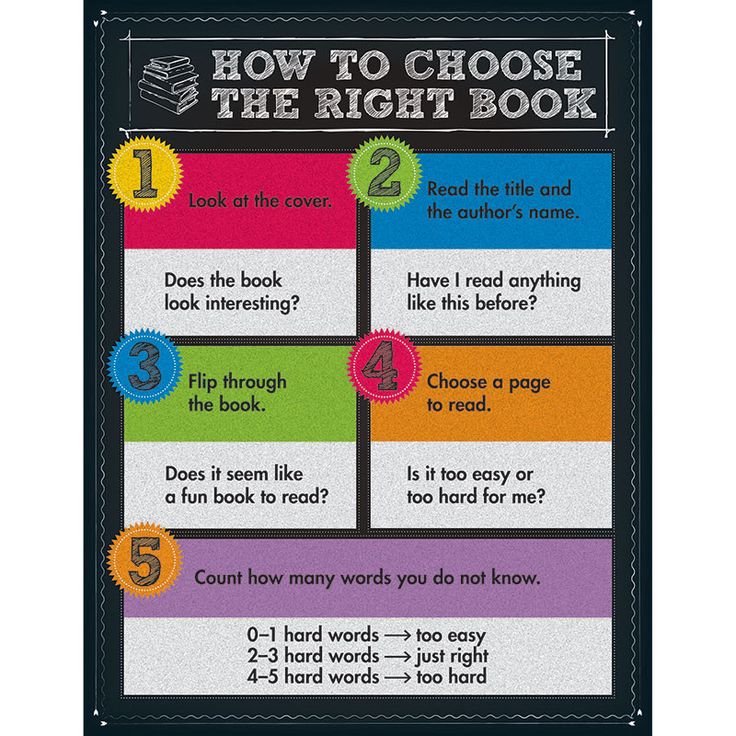 Use a stopwatch.
Use a stopwatch.
Calculating the speed
Calculating the number of words that you can read in 1 minute is quite simple.
1. Estimate the average number of words in each line of the book. To do this, you need to count the words in any three complete lines and divide the resulting sum by 3. For example, if three complete lines contain 33 words, on average there will be 11 words in each line. But if there are only 31 or 32 words in three lines, then you should regard the result as 10 words in each line, since when determining the speed of your reading, it is more correct to round the result down.
2. Count the number of lines you read in the allotted time. You will inevitably encounter some lines that are incomplete. In this case, count the two "halves" of the lines as one; if the line consists of only one or two words, then it can be ignored; and if a line is missing one or two words, then consider it as a complete line.
3. Multiply the number of lines you read by the average number of words per line.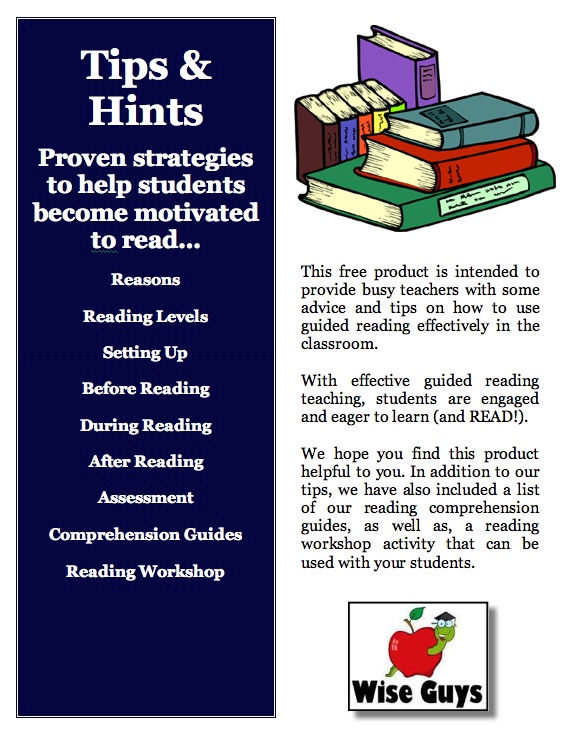 This will give you the total number of words you read.
This will give you the total number of words you read.
4. Divide the result obtained in the third step by the number of minutes of reading, in this case 3, to find the number of words read per minute. The answer you get is your reading speed, or WSR (words per minute).
So what kind of reader are you - fast or slow? — Source
Results
Less than 120 words per minute Your level is below average. You should consult with a reading specialist.
120-180 wpm Your level is below average unless you are under 15 years old. Perhaps one of your main problems is that you don't read enough. Plan to spend at least 30 extra minutes a day reading books or magazines that you enjoy. In addition to additional daily reading, you should spend at least an hour a day exercising, focusing on reading comprehension exercises.
180-240 wpm - you have an average speed. You need to pay special attention to exercises for reading comprehension and memorization.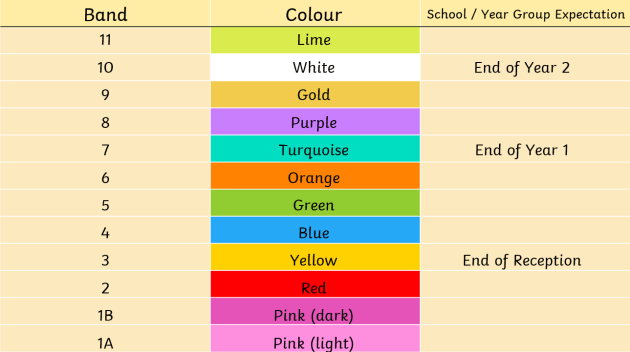 It is important to regularly set aside extra time for reading; use the materials you like for this.
It is important to regularly set aside extra time for reading; use the materials you like for this.
240-350 words per minute - you read at the level of an average university student. You are distracted while reading, probably due to a habit. Careful attention to comprehension exercises will most likely help correct the situation. With regular practice, you will make rapid and significant progress.
350-500 wpm Your level is above average. You do not have good control over reading: you need to learn to understand when you need to slow down. Pay special attention to the methods of organizing reading. You are likely to make rapid progress.
Over 500 words per minute - you have excellent speed. Congratulations! Perhaps you should pay attention to slowing down, learn to be mindful when necessary, adapt your reading speed to its purpose
Memory ability
For an initial assessment of your reading memory ability, count the number of items containing information that you could remember.